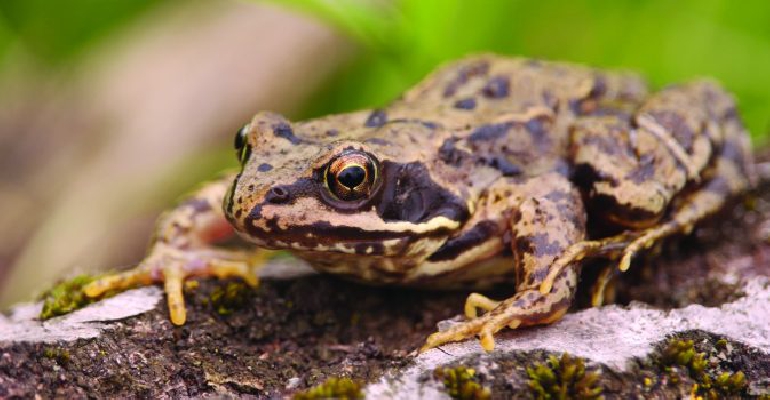
What may seem to us to be natural waste, could be an invaluable asset for a whole range of garden species and benefit the natural environment.
This year’s prolonged warm weather has led to an explosion of summer growth; it seems that no sooner than shears and trimmers have been put away, more foliage has instantly taken its place.
Rather than expending time, energy and money trying to get rid of all this ‘waste’, it might be beneficial to rethink this process.
Firstly, consider the species that would benefit from unobtrusive piles of wood, twigs and unwanted foliage being left to provide much needed homes and habitat within the confines of the garden.
The fact that beetles and insects could live and breed in your discarded wood means that their predators would also thrive.
Songbirds, lizards, frogs and hedgehogs all depend on invertebrates for food and who wouldn’t want to encourage more of these?
Dead branches, instead of being cut and discarded can be simply left on the tree to eventually fall naturally; they may seem lifeless to our eyes, but birds can use them as perches while lichens, mosses and fungi can thrive on their surface.
Large decaying branches, if positioned where their presence is safe, provide essential nest sites for birds and bats.
Old stumps become particularly rich habitats and should be left alone; a walk in any woodland will reveal the variety of life that makes a home in a stump, let alone a fallen tree.
If you want to kill an unwanted shrub or tree, it isn’t necessary to fell and remove it. Ring-barking will do this for you; simply make two thick cuts about 20cm apart around the trunk deep enough to cut into the wood and strip the wood in between.
Bulky clippings can be made into woodpiles which will rot down naturally. It isn’t necessary or beneficial to shred the wood; simply leave it in direct contact with the ground, preferably in dappled shade and in compact piles to retain humidity.
Leaving it in full sun will heat the wood too greatly to support much life while dense shade is too cold for insects.
It’s interesting to find creative ways to use your garden waste; long sticks can be woven among unsightly wire fencing to make a useful rustic boundary that will act both as windbreak and support for climbers.
Stakes can be driven into the ground to create vertical boundaries for stacked, discarded wood which will provide useful habitat in a tidier form.
Unsightly gaps in hedges can be filled with dead bendy branches with twigs that hold themselves in place by tension and make the hedge more predator proof for nesting birds.
Bear in mind the idea that human trash can be other species treasure and your garden wildlife will thank you for the resulting increase in food, prey and shelter.

 It’s a Dog’s Life: Let it Snow... Somewhere Else
It’s a Dog’s Life: Let it Snow... Somewhere Else
 It's a Dog's Life: Foods are Seasonal, Treats are Perennial
It's a Dog's Life: Foods are Seasonal, Treats are Perennial
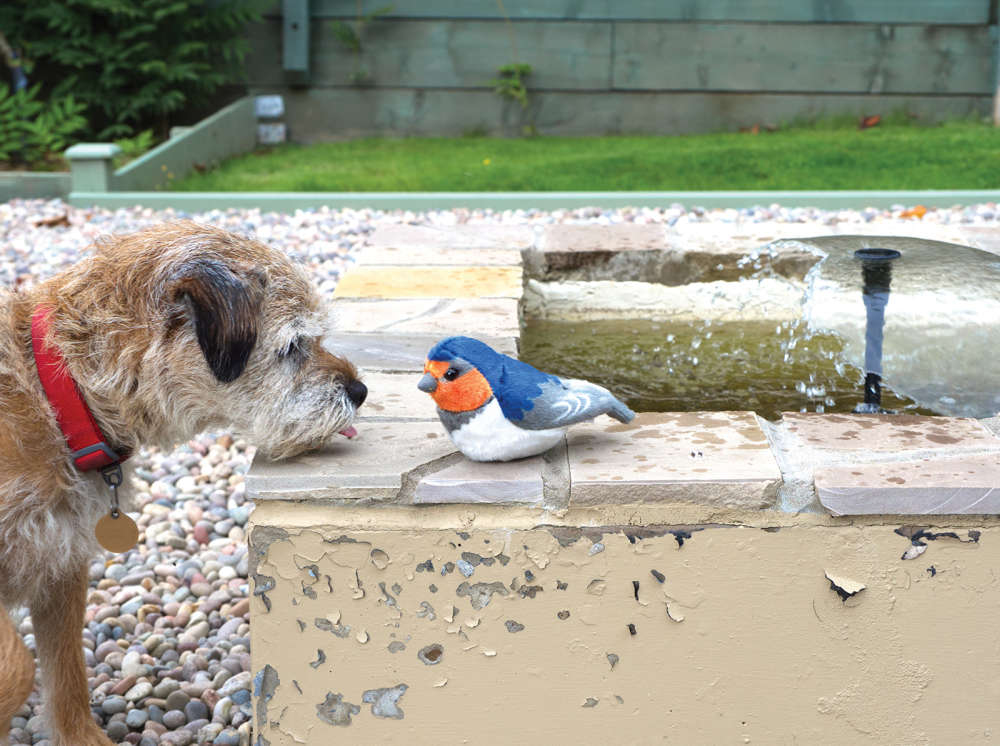 It's a Dog's Life: World Animal Day
It's a Dog's Life: World Animal Day
 It's A Dog's Life: Never Assume...
It's A Dog's Life: Never Assume...
 Fostering Happiness at Raystede
Fostering Happiness at Raystede
 It's a Dog's Life: Why So Much Sport?
It's a Dog's Life: Why So Much Sport?
 It's a Dog's Life: A Partly Political Broadcast
It's a Dog's Life: A Partly Political Broadcast
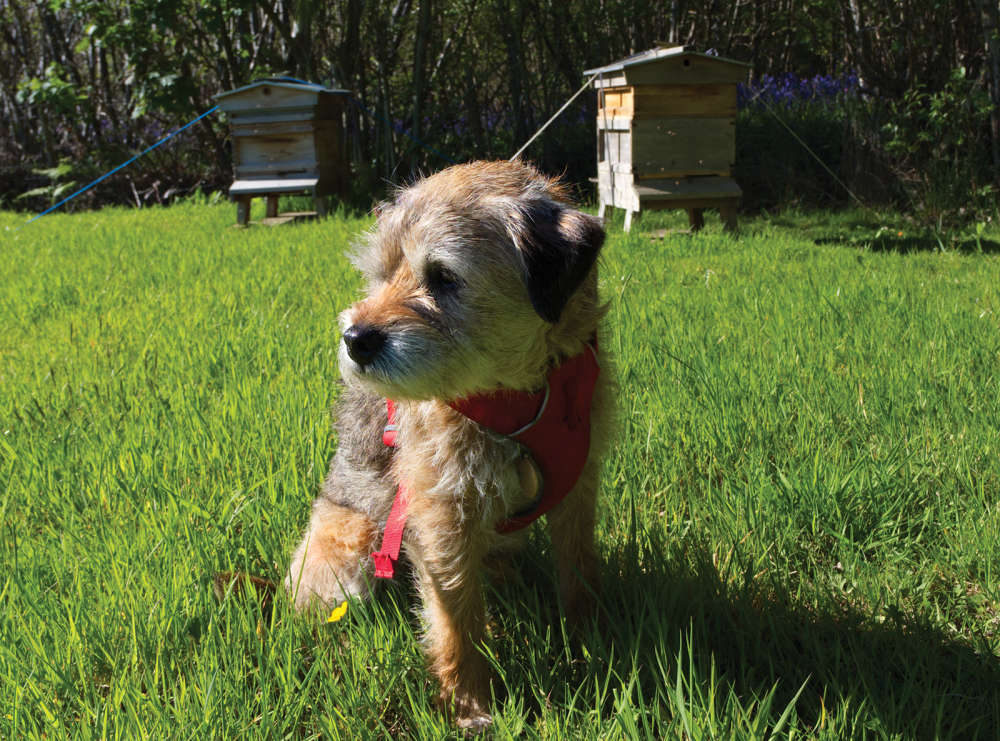 It's a Dog's Life: Our Hobbies are Not the Same
It's a Dog's Life: Our Hobbies are Not the Same
 It's a Dog's Life: Our Currency is Biscuits
It's a Dog's Life: Our Currency is Biscuits
 It's a Dog's Life: Teddy & the Dragon
It's a Dog's Life: Teddy & the Dragon
 Paws for a Cause
Paws for a Cause
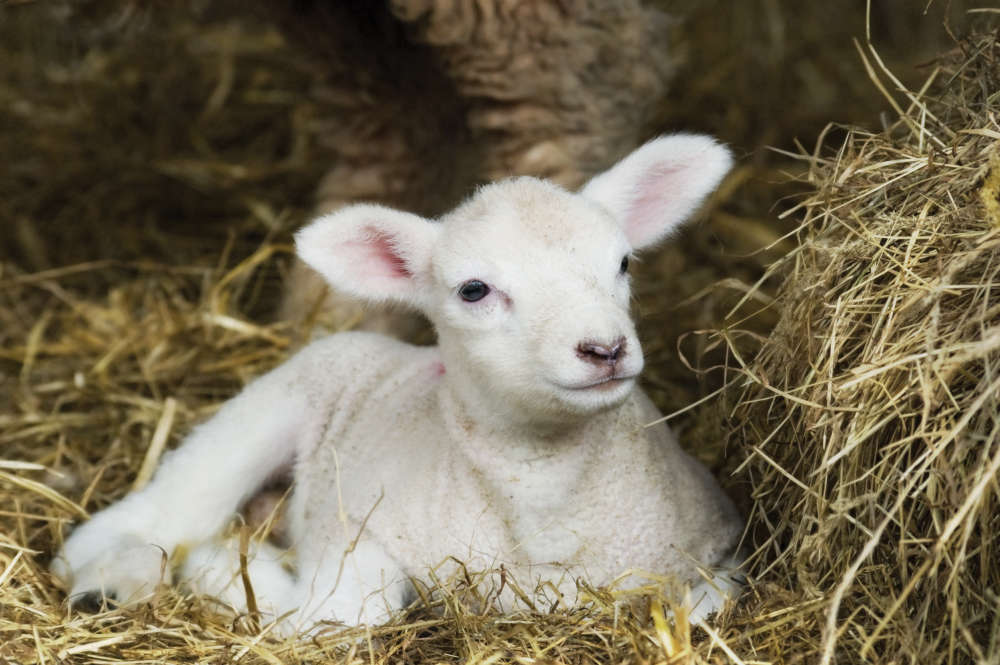 Kids Zone: Lambing in Spring
Kids Zone: Lambing in Spring
 It's a Dog's Life: Access Denied
It's a Dog's Life: Access Denied
 It's a Dog's Life: February is not just for Pancakes
It's a Dog's Life: February is not just for Pancakes
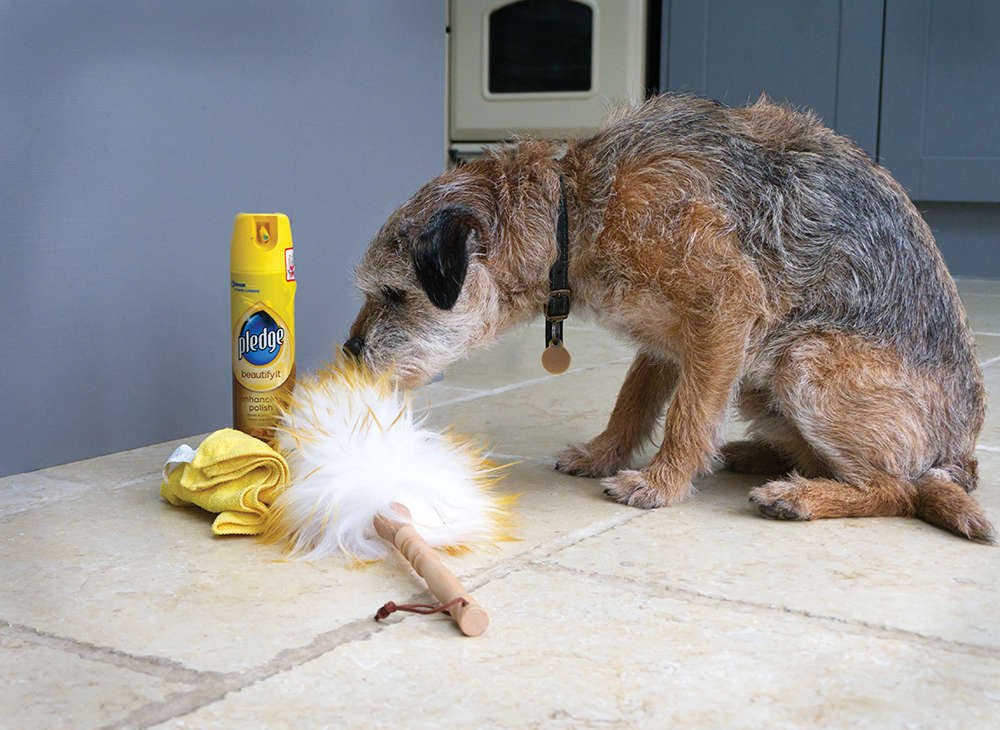 It's a Dog's Life: Cleaning Up
It's a Dog's Life: Cleaning Up
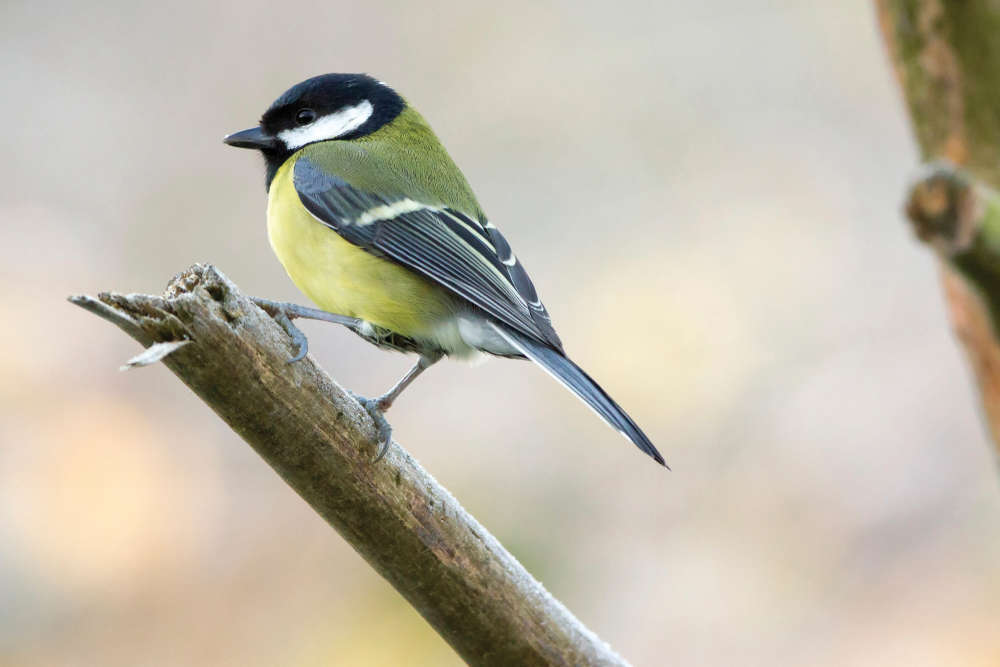 Top 10 Garden Birds to spot in Sussex
Top 10 Garden Birds to spot in Sussex
 Top Tips: Keep Your Pets Safe this Bonfire Night
Top Tips: Keep Your Pets Safe this Bonfire Night
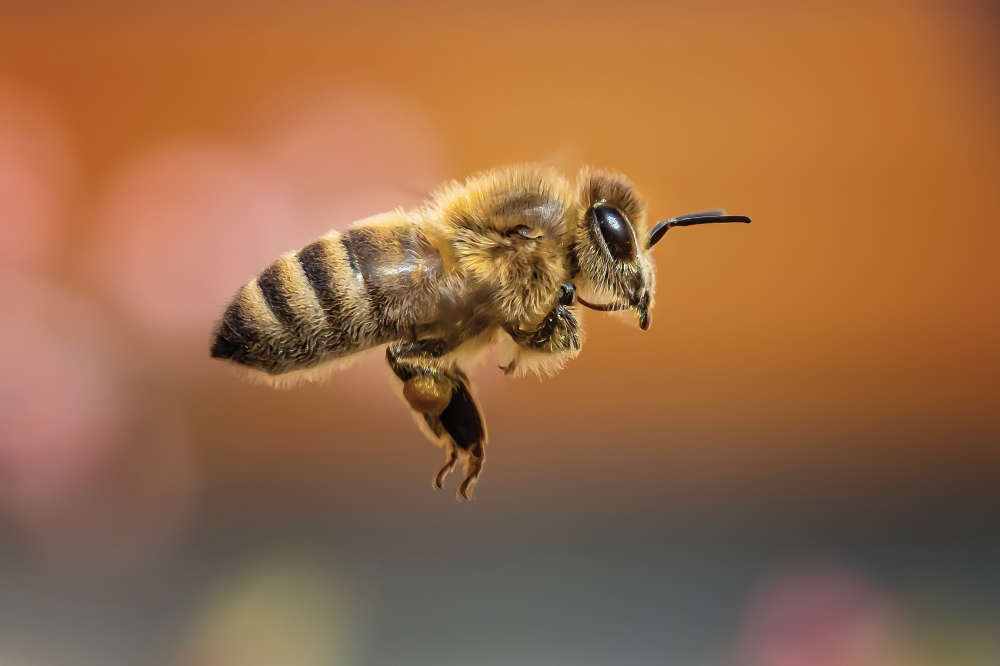 Advertising Feature: Plan Bee
Advertising Feature: Plan Bee
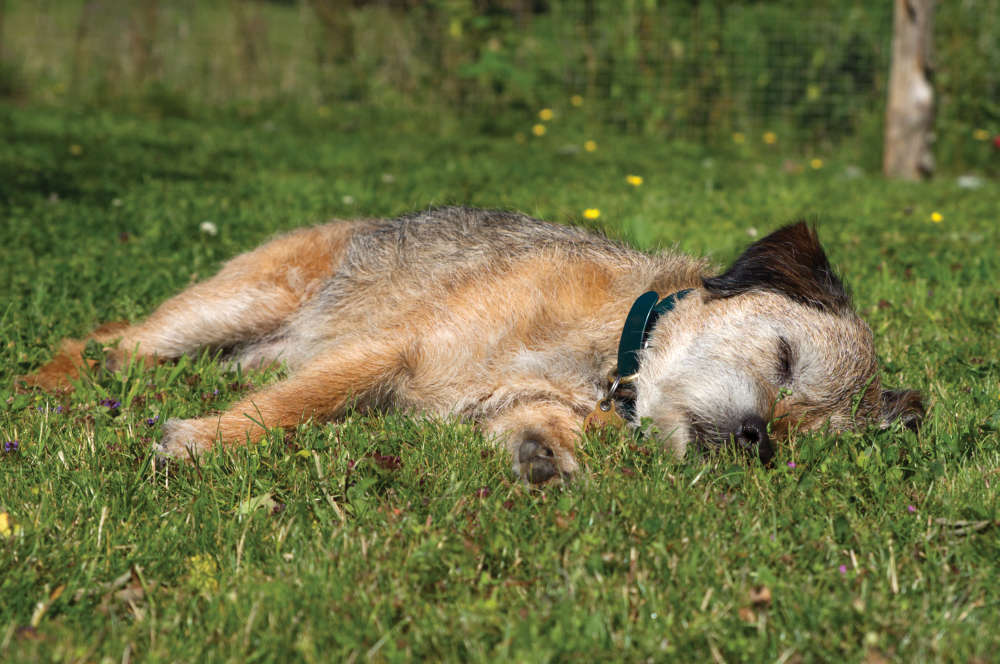 It’s a Dog’s Life - The Quiet Life
It’s a Dog’s Life - The Quiet Life
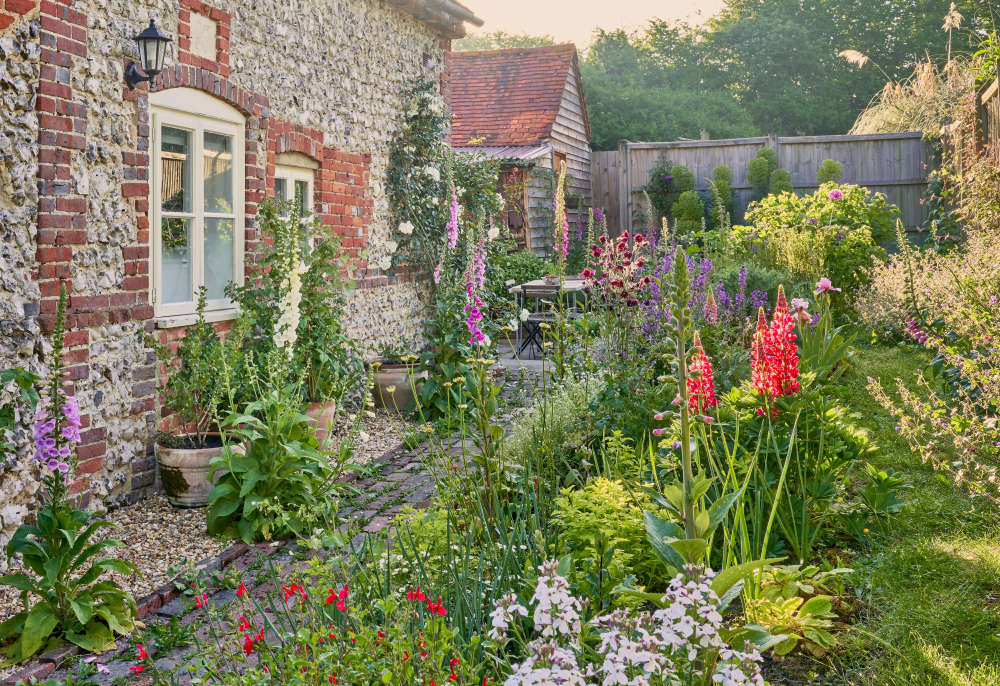 What should you be looking out for in your Sussex Garden this Summer?
What should you be looking out for in your Sussex Garden this Summer?